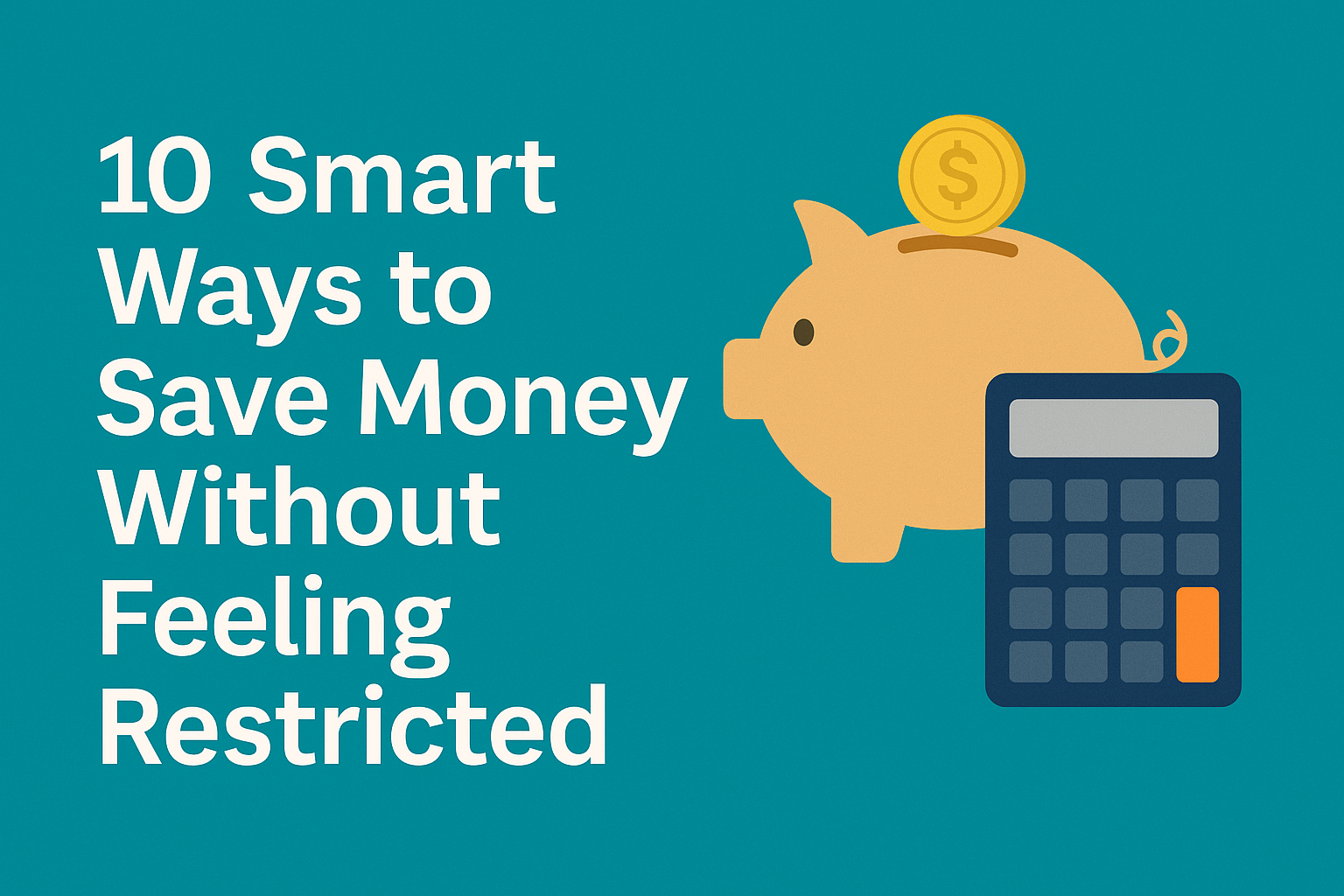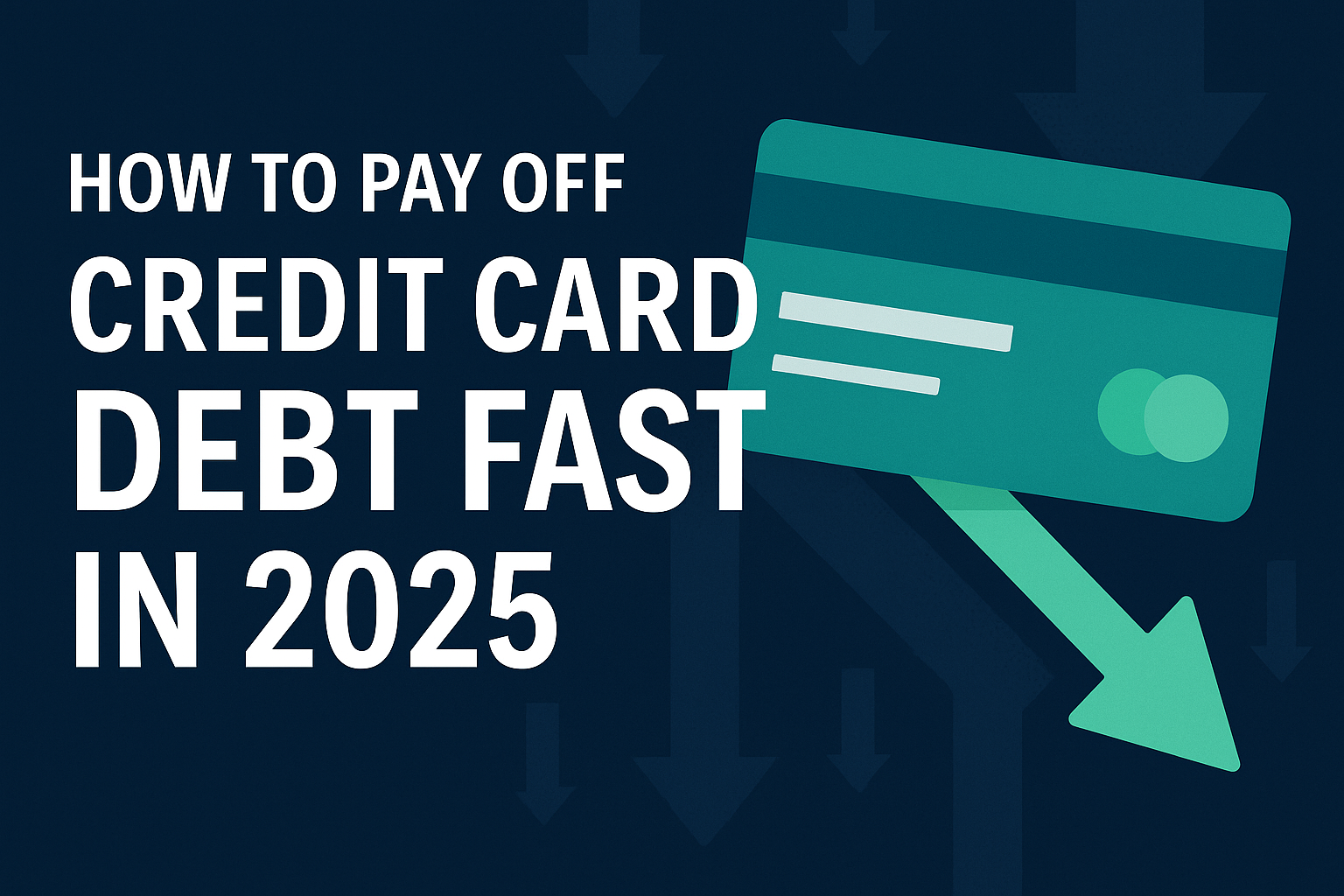Managing money can feel complicated — but it doesn’t have to be. One of the simplest and most effective systems ever created is the 50/30/20 budget rule, a timeless framework that helps you balance your needs, wants, and savings with ease.
Whether you’re trying to pay off debt, start saving, or simply get better control of your finances, this rule provides a clear roadmap that works for any income level.
Let’s break it down step by step.
1. What Is the 50/30/20 Rule?
The 50/30/20 rule is a budgeting method that divides your monthly income into three easy categories:
- 50% — Needs (things you must pay)
- 30% — Wants (things you choose to spend on)
- 20% — Savings and debt repayment
This system was first popularized by U.S. Senator Elizabeth Warren in her book “All Your Worth: The Ultimate Lifetime Money Plan.”
It’s not about restrictions — it’s about balance. The idea is to cover essentials, enjoy life, and still plan for the future.
2. 50% for Needs: Covering the Essentials
“Needs” are your non-negotiable expenses — the bills that keep your life running.
Examples include:
- Rent or mortgage payments
- Utilities (water, electricity, internet)
- Groceries and transportation
- Insurance premiums
- Minimum loan payments
If your needs exceed 50% of your income, don’t panic — it’s common in expensive cities or during financial transitions.
The goal is to gradually reduce fixed costs, like refinancing debt or cutting unnecessary subscriptions.
💡 Pro tip: Automate essential payments so you never miss a due date and avoid late fees.
3. 30% for Wants: Enjoy Without Guilt
Here’s the fun part — “wants.”
This category includes everything that improves your lifestyle but isn’t essential.
Examples:
- Eating out or coffee runs ☕
- Streaming services (Netflix, Spotify, etc.)
- Travel and entertainment
- Fashion or hobbies
The 50/30/20 method doesn’t ban pleasure — it simply puts a healthy limit on it. By consciously setting aside 30% for wants, you can enjoy spending guilt-free, knowing it’s built into your budget.
🧠 Tip: If you tend to overspend here, use separate debit or virtual cards for “wants” — once the balance runs out, you stop spending.
4. 20% for Savings and Debt Repayment
This is where your future lives.
The last 20% goes directly to financial progress — savings, investments, or paying off debt faster.
Suggested breakdown:
- 10% → Emergency fund (3–6 months of expenses)
- 5% → Retirement savings or investment account
- 5% → Extra debt payments
If you already have an emergency fund, funnel this money into high-yield savings accounts, index funds, or IRAs.
(Related: 10 Smart Ways to Save Money Without Feeling Restricted)
5. How to Apply the Rule Step-by-Step
Here’s a simple way to start:
- Calculate your after-tax income.
→ Include only what hits your bank account each month. - Track your current spending.
→ Use apps like Mint, YNAB, or Monarch Money. - Categorize expenses into Needs, Wants, and Savings.
- Adjust proportions if one category is over the limit.
- Automate transfers for savings and bills to stay consistent.
Within 1–2 months, you’ll clearly see where your money goes — and where it should go.
6. Adapting the Rule to Your Life
The 50/30/20 rule isn’t rigid.
You can customize it based on your goals:
- Aggressive savers: Try 40/20/40.
- High debt: Do 50/20/30 (more toward debt repayment).
- Variable income (freelancers): Base it on your monthly average.
The key is to maintain balance and consistency, not perfection.
7. Why It Works
Unlike complex budgeting systems, the 50/30/20 rule thrives because it’s:
- Simple: Anyone can apply it.
- Flexible: Fits all income levels.
- Psychologically smart: Lets you enjoy life while saving.
It creates a sustainable habit — not a short-term fix.
Final Thought
Money management doesn’t need to feel like punishment.
The 50/30/20 rule is a simple structure that helps you live well today while building security for tomorrow.
If you’re just starting your financial journey, this rule is the perfect foundation — clear, realistic, and incredibly effective.
(Also read: Emergency Fund 101: How Much Do You Really Need?)


Pingback: How to Pay Off Credit Card Debt Fast in 2025
Pingback: Emergency Fund 101: How Much Do You Really Need?